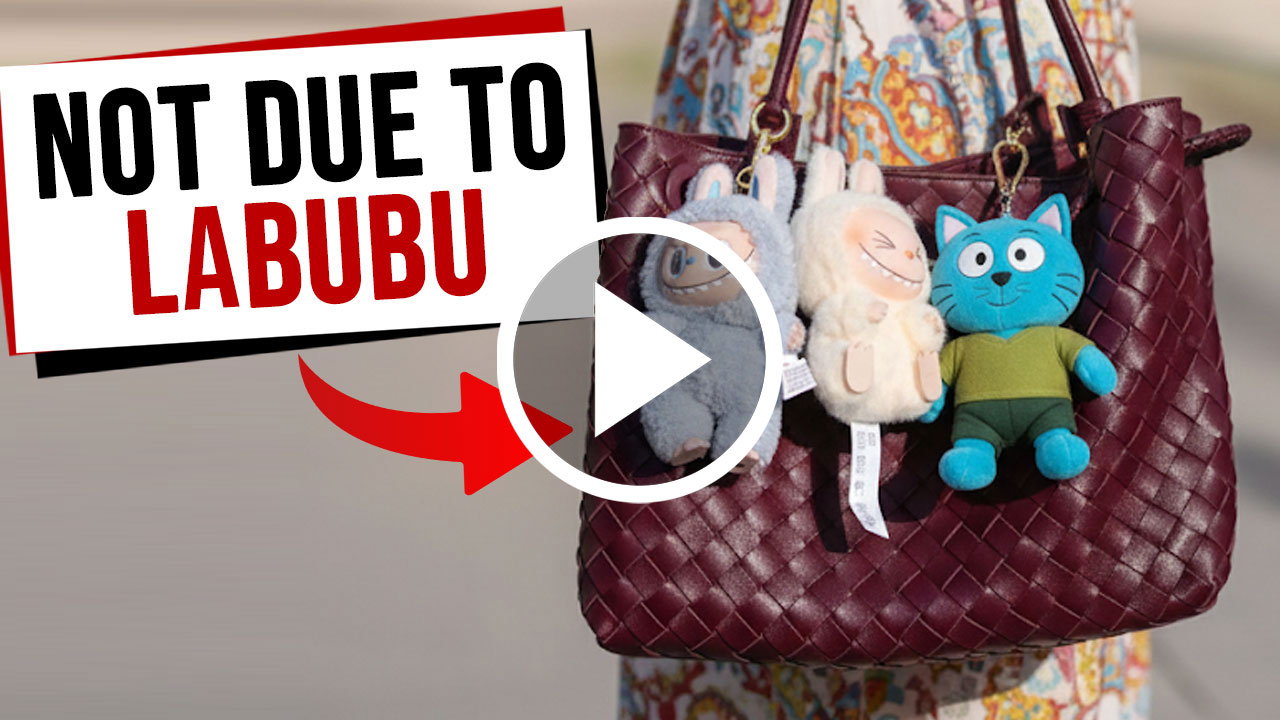Singapore will be the first country in the whole wide world to introduce a complete ban on advertisements of packaged drinks with exceptionally high sugar content.
Actually, I don’t find this piece of information very surprising to be very honest. I see it as completely normal for our gahmen to implement these kinda measures.
But can I just say, if they can implement this kind of total ban, can they please also implement a total ban on PMDs?

Okay, jokes aside:
Compulsory For High Sugar Drinks To Carry Unhealthy Label

Besides a total ban on advertisements for high sugar drinks, medium to high sugar content drinks will also have to carry a label on the front of the can or bottle.
This is to tell would-be consumers that it is very not goody for your health.
These include drinks in bottles, cans or packs and includes two or three-in-one instant drinks, soft drinks, juices, cultured milk & yoghurt drinks.
Basically almost all sweet drinks lah.

So Why Are They Implementing This?
Basically, it is part of an initiative to wage war on diabetes. Yes, a war.
According to The Straits Times, Senior Minister of State for Health Edwin Tong said on 10 October that it is designed to encourage people to make more informed choices.
He also hopes that these measures will get manufacturers to reduce the sugar content in packaged sugar-sweetened beverages, otherwise known as SSBs.
The front-of-pack label will be colour-coded and show a grade to indicate if the drink is healthy neutral or unhealthy.
Personally, I hope that this will not result in an increase in production cost or the general cost of sweet drinks because I would still like to enjoy them thank you very much.
Apparently, Singapore is not the first to implement the colour coding practice. To date, more than 30 countries have introduced these labels very successfully. In Chile, the sales of drinks carrying the unhealthy label fell by 25% after 1.5 years.
Big yikes.
Sugar Not The Only Measurement For Labels
So you must be wondering. Huh wait, what about those drinks which are totally void of sugar but are probably just as, if not more unhealthy?
*Cough* coke zero *Cough*
Put your pitch forks down. The amount of sugar will be a large but not the only determining factor as to the grade of a drink. Other factors will include saturated fat and more.
The label will only be compulsory for drinks that are considered to be unhealthy. However, healthier drinks may use the label to promote their products.
I don’t see why not, I mean it’ll definitely benefit those who are health conscious.
Exact Implementation Date To Be Announced In 2020
The full details and when exactly this will be implemented will only be announced in 2020.
The implementation, on the other hand, will probably take anywhere between one and four years, so we have plenty of time to get used to the idea.




